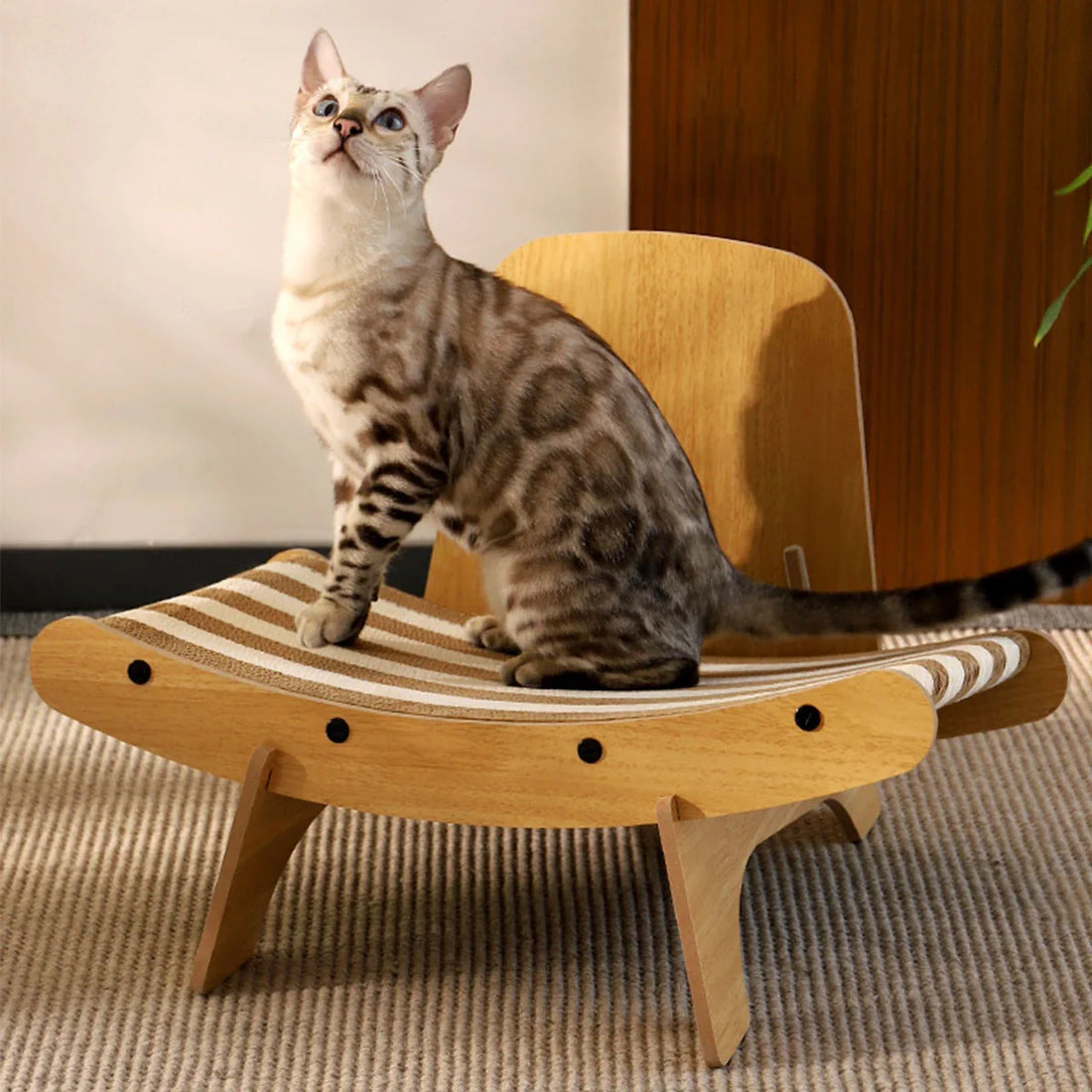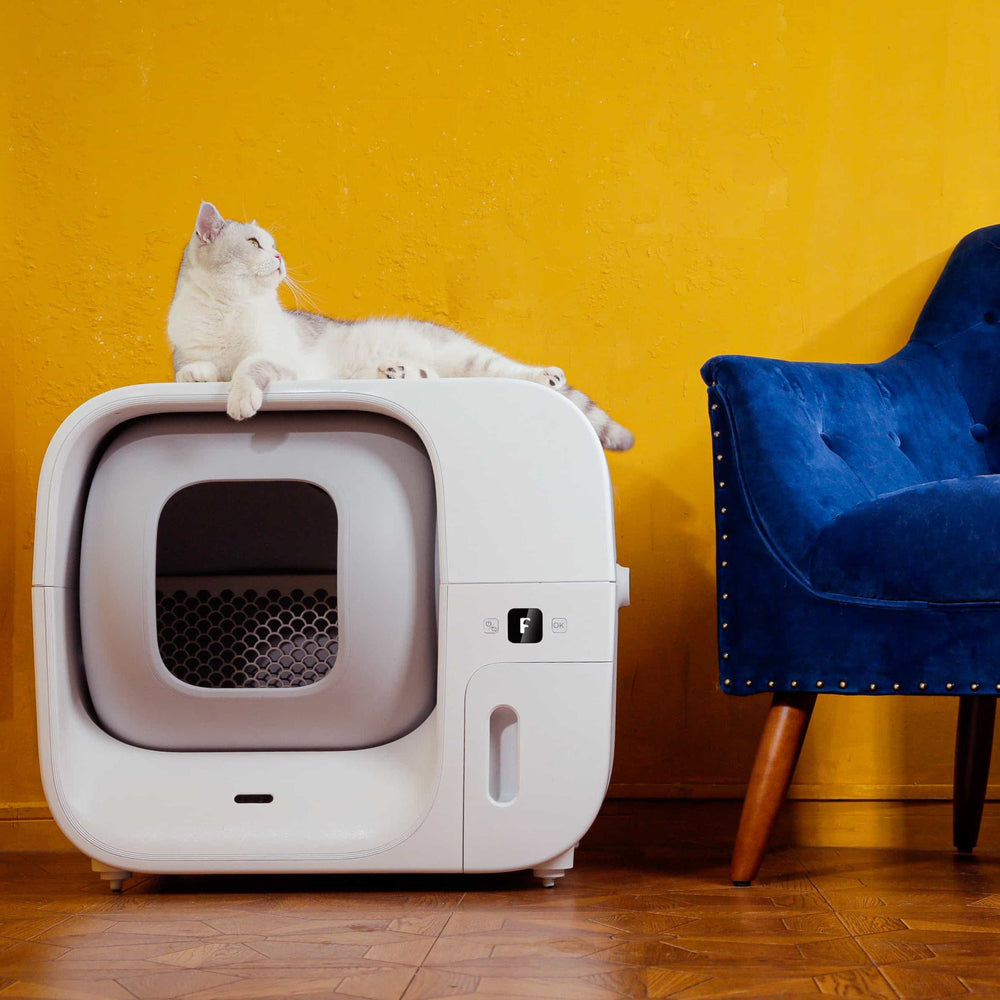How to Stop Cats From Scratching Leather

Scratching is an instinctual behavior for cats. They scratch to sharpen their claws, mark their territory or simply for enjoyment - often using furniture and decorations in your home as scratching posts - leather furniture especially soft items like sofas chairs and bags being prime targets of attack! How can we prevent cats from scratching leather, protect our furnishings, and prevent our beloved felines from scratching leather too much? Today we will go over some effective tips and strategies that could help solve this issue!
1. Understand Cat Scratching Behavior and Its Psychobiology
Step one in solving this problem lies in understanding why cats scratch. Scratching serves many functions beyond destructiveness: sharpening claws, stretching muscles and marking their territory can all benefit. In fact, when cats scratch objects they release scent markers from their paw pads that not only mark territory but also help reduce anxiety and stress levels.
Therefore, if your cat has recently begun scratching leather furniture more frequently than normal, this could be an indicator that they're bored, anxious, or simply need their claws sharpened - natural instincts aside, stopping this behavior won't work with simple punishment alone; to stop scratching leather we must adopt more reasonable and gentle solutions instead.
2. Offer Alternatives: Give Your Cat Better Scratching Solutions
If your cat has taken to scratching leather furniture, one direct and effective solution would be providing them with dedicated scratching items such as scratching posts, boards and mats - especially ones constructed out of sisal, cardboard and wood; cats' natural instincts for scratching are likely drawn towards such materials instead of leather!
Selecting an Appropriate Scratching Post and Board:
For optimal scratching results, pick out a post that allows your cat to stretch and scratch comfortably. Board designs such as vertical and horizontal scratching surfaces also play a part, so consider which would best meet their preferences when picking out scratchers for them.
Proper Placement of Scratching Items:
Position your scratching posts or boards where your cat spends most of his/her time; this will make them easy for him/her to find and start using these new scratchers.
Attractants:
Certain manufacturers sell cat scratching attractants that can be sprayed directly onto scratching posts or boards to encourage cats to use them as scratchers.
3. Protect Leather Furniture from Scratching by Decreasing Its Attraction
Even with alternative scratching surfaces in place, cats may still find leather furniture alluring. To reduce this temptation and curb its presence in your home, follow these measures:
Utilizing Protective Covers:
For leather sofas and chairs that are essential to the decor in your home, protective covers offer both scratch protection and aesthetic enhancement. There are plenty of stylish protective covers on the market which combine aesthetic with functionality; many offer both aesthetic as well as practical benefits.
Utilizing Sprays or Scents:
Cats have very sensitive noses; using natural anti-scratching sprays such as citrus-based scents or chili pepper spray can deter cats from scratching leather furniture without harming either themselves or protecting its finish. These natural repellants won't harm either party involved - instead protecting both from potential issues down the line!
Restrict Access to Leather Furniture:
When away, consider confining your cat to an area or using furniture out of reach of them in order to restrict access to any leather furniture they might find interesting - thus decreasing access. At the same time, provide enough stimulation and space so as to avoid boredom which might otherwise lead to scratching behavior from developing in your feline friend.
4. Regular Claw Trimming to Reduce Scratching Damage
Your cat uses its claws as the primary tool for scratching. Trimming them regularly will significantly lessen damage caused by scratching. How frequently trimming should occur depends upon its growth; but typically once monthly is ideal. If you require assistance when cutting them yourself, contact a vet or professional groomer for guidance and support.
5. Increase Physical Activity to Combat Boredom for Cats
Cats often scratch leather furniture due to boredom, anxiety or not receiving enough physical activity. By increasing their activity levels you not only will help burn off excess energy but reduce their urges to scratch leather - this includes providing toys, interactive games or taking them on walks!
Interactive Toys:
Encourage your cat to run around by providing him or her with interactive toys such as feather wands or laser pointers to encourage jump-and-run behavior and release excess energy.
Smart Toys:
Cats benefit greatly from interactive toys which move on their own, drawing out hunting instincts in them and helping relieve stress and anxiety. These smart toys may help bring fun back into their life!
6. Encourage Proper Behavior with Positive Reinforcement
Do not punish your cat when it scratches leather furniture - instead use positive reinforcement techniques such as rewards such as treats, petting or verbal praise to encourage scratching posts/boards instead. Whenever your cat uses such an object reward them with treats/petting/praise to reinforce correct behavior over time and create good habits within your cat! This method should ensure long term positive change.
7. Training and Patience Are Essential Components to Success
Change can't come overnight when it comes to changing a cat's scratching behavior, however. Cats have their own individual personalities that require adjustment time; as part of that process patience and consistency are critical if your feline still occasionally scratches leather furniture - don't give up, continue training them and ensure there are enough alternatives and rewards in place!
Conclusion
Stopping cats from scratching leather furniture is certainly a difficult challenge for all cat owners, but providing suitable scratching options, protecting leather furniture, trimming claws regularly and managing stress are effective strategies for mitigating this behavior. Understanding why your cat scratching may happen and providing patient training and rewards may help create an enjoyable home environment both for us and them! Let's create more comfortable home environments!

